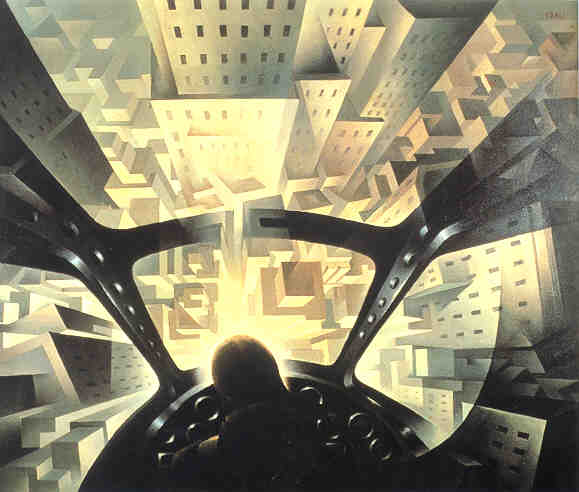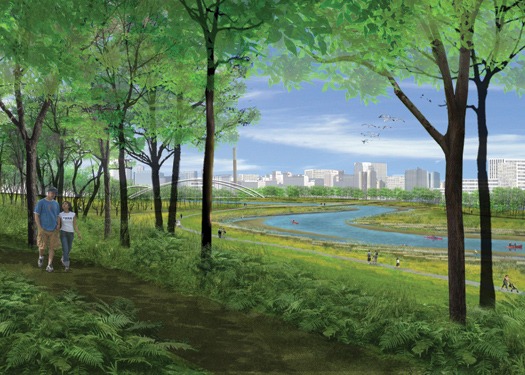
Whatever happened to beauty?
Modern art turned the viewer’s gaze inward to the inner world rather than outward to the external world. In doing so, modern artists prefiguring existential and phenomenological accounts of perception highlighting that art is not only seen, it is experienced.
In this first post of a series, with thanks to Tom for his comments and suggestions, I shall explore the work and artistic legacy of the Futurists.
At the turn of the twentieth century a young ecletic group of artists in a hurry collaborated under the banner of Futurism. The Futurists in particular grappled with the role of perception in artmarking.
They were concerned to portray the world as it is experienced and viewed, and perhaps more importantly as it could be, through a richer perceptual lens free of the constraints of the academie which had become ossified and rule bound.
The Futurists in their abstractions were concerned with expressing the emotional state of the artist rather than depicting nature. This interest in the emotional state of the artist/observer of life arose from in part from the sculpturer Boccioni insistence on the work of art as an essential manifestation of reality, an aspect of sensation, rather than as an activity of the spirit.
It is thought that the philosophy of Bergson was an important influence on the Futurists. Berguson espoused two types of knowledge objective and subjective. Objective knowledge is “conceptual knowledge directed towards the requirements of our practical life and lending itself to the analytical procedures of the natural sciences” while subjective knowledge “is a projection of our intimate self-awareness onto the external world.” Berguson termed this intuition.
Boccioni attempted to describe the proces of intuition the ‘terrible tension’ as he experienced it:
“the artist seeks to maintain himself continuously ‘in the inside of the object, to live its changeability and to grasp its unity.”
See article by Brian Petrie, ‘Boccioni and Bergson’. The Burlington Magazine Vol 116, No 852, Modern Art 1908-25) pp140147.
It is possible to unpick this concern of the Futurists with close attention to the disappearance of beauty from the discourse of aesthetics. Arthur Coleman Danto in ‘The Abuse of Beauty’ believes beauty lost its descriptive power with the early Logical Positivists. Instead the word came to stand for an expression of overall admiration. He says:
“Beyond what could be dismissed as ‘its emotive meaning’, the idea of beauty appeared to be cognitively void – and that in part accounted for the vacuity of aesthetics as a discipline, which had banked so heavily on beauty as its central concept.”
The Futurists in grappling with these concepts enriched our understanding both of artmaking and visual perception.
http://www.uweb.ucsb.edu/~gnorton/Manifesto.html




